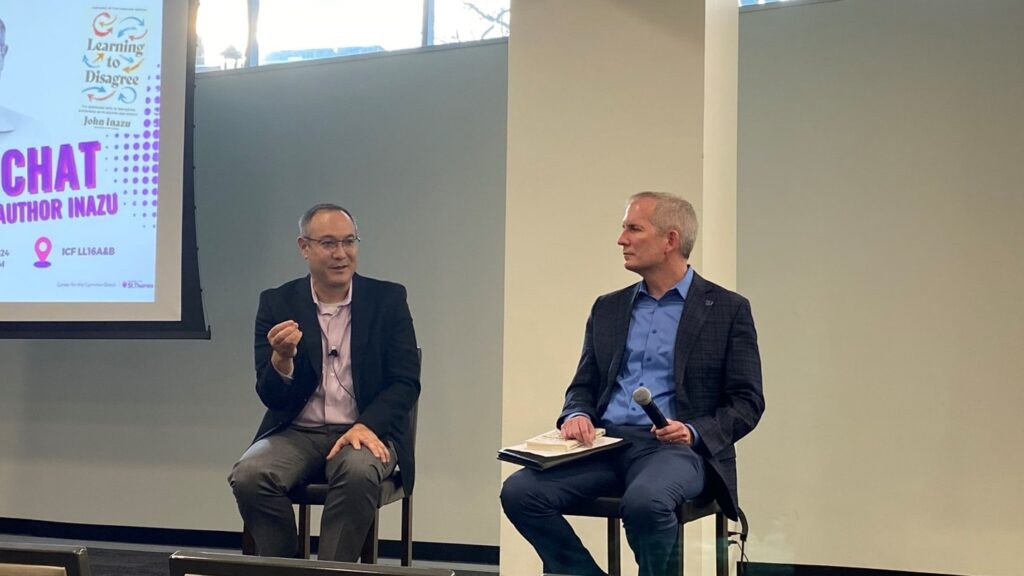This month I have been serving as a judge for a Public Relations Society of America chapter awards competition in another state. One particular submission captured the essence of a common problem in communication planning and, ultimately, in measuring the success of that communication.
In the planning portion of the award submission, judges look specifically for objectives that are SMART: Specific, Measureable, Attainable, Realistic and Timely. One submission relating the planning for a promotional event for a consumer product had five objectives, each centered on an operative verb: drive; celebrate; leverage; inspire and build.
What the team intended to drive, celebrate, leverage, inspire and build ends up being immaterial, because no quantifiable measure was associated with any of the objectives.
Each objective certainly represented an element important to delivering real value in the campaign. Without some measure of substance, however, how can the team prove the worth of the effort and themselves?
Further, some objectives in other submissions included things such as “increase awareness by 25%” – because the creators knew someone (whether boss, client or judge) would be looking for a number. However, most neglected to provide a baseline. This was especially true with awareness; it appeared most were just guessing awareness was zero, or similar to some unrelated number they had in other research.
Assuring your planning has measurable objectives and realistic means of validation could develop from the verbs professional writers infuse into plans. Start by devising one simple thing you can count that might show movement or change. This can be easy for verbs such as drive, build or leverage through numbers of clips, hits, mentions, tweets or whatever.
But how might you quantify celebrate and inspire? The first answer may be “These are not the objectives we’re looking for. Move along.” However, the number of celebrants, or indications of inspiration, might actually be tangible. Maybe you can find substance by looking beyond the number of individual tweets to the content of the posts: “Inspire customers to increase the number of fan soup recipes from 4% to 30% of all tweets.”
The critical element for professional communicators: consider and establish measurable goals first, and write a plan with compelling language afterword.
Dr. Michael C. Porter, APR is director of the UST Master of Business Communication Program







